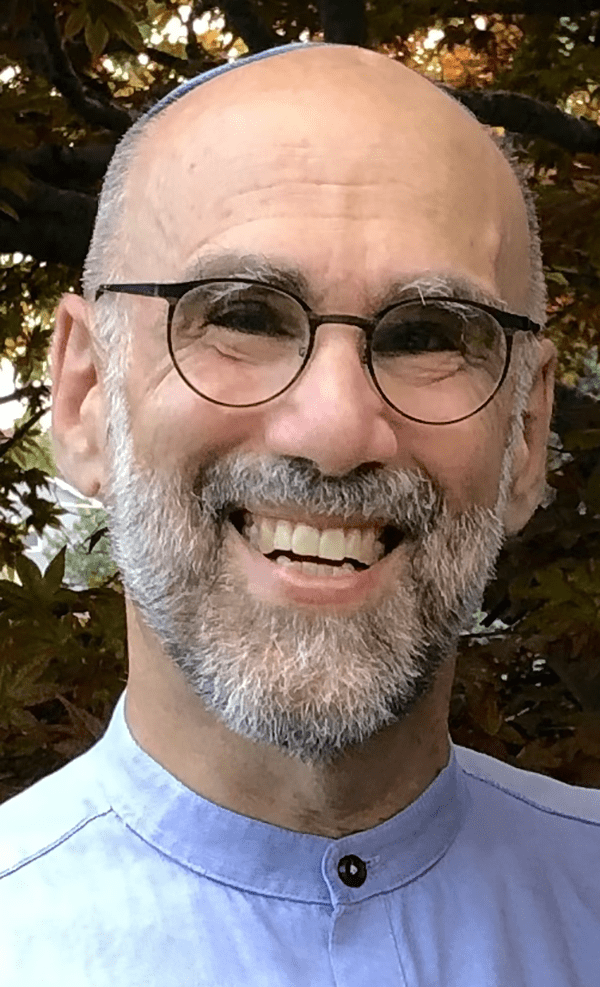Parshat Lech-Lecha 5785
We make assumptions about others based on what we see: what they wear, what they drive, their work, past-times… And we project upon the other who passes our superficial entrance exam what we want them to be — i.e., more like us!
Breath (Yizkor KN5785)
My recent posts...
Can You Hear Me (KN 5785)
My recent posts...
Yom Kippur Singing
My recent posts...Over the decades, I have composed melodies for some of the texts we use in our prayer services. (I've written English interpretations of the texts for a few of them.) Some of them are posted here so we can sing them together at Shirat Hayam and, even...
Shaking It
Along with telling us to dwell in a sukkah for a week, Torah instructs us to celebrate Sukkot by holding together the “fruit of a glorious tree,” a palm frond, a bough of a “leafy tree,” and willow twigs. As with the lack of detail about the sukkah, there is no mention of shaking, waving, parading — all things we do with those planty things.
Ta-da! Rabbis to the rescue! Long ago, sages determined which fruit (citron/etrog) and leafy branch (myrtle) to match up with the palm branch and willows. A blessing was added to the mix, as were prayerful moments when these things were to be shaken, waved or paraded.
Still, the question “why those things?” lingered. Flights of rabbinic imagination (“midrash”) related the four items to parts of our bodies:
The lulav itself is how the spine should be — straight, strong, yet pliable;
The etrog represents the heart;
The shape of the myrtle leaf is similar to our eyes;
And the willow leaf is likened to a pair of lips, closed.
Thus, we should stand tall and be proud of who we are, retaining flexibility in response to buffeting forces; our heart, our resolve, should be vigorous; our eyes should see the goodness in all people and enable us to appreciate God’s creations; and we should think before we open our lips to speak.
As I picked up our lulav for this morning’s service, I noticed that the willow leaves are already drying out and turning dark, just a little more than halfway through Sukkot! For that matter, I cannot recall the willow ever remaining vitally green for the duration of Sukkot. The other parts hold up well; why would our sages not have chosen a more hardy plant?
If, indeed, we liken the willow to our lips, perhaps a message here is that paying lip service, saying “I intend to…,” but not following through with action is little better than the rapidly shriveling leaves, short-lived and lacking substance.
May the parts of the lulav remind us to stand strong, to be heartened by the good in the world, to look for the positive, and to mind how we speak to and of one another.
Shabbat shalom/chag sameiach! שבת שלום וחג שמח


